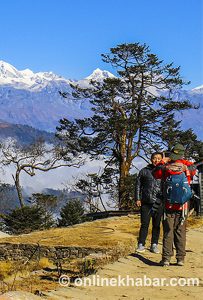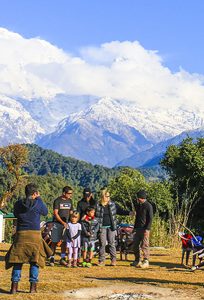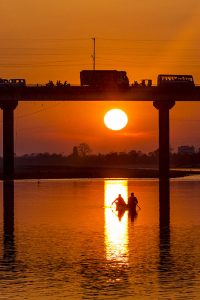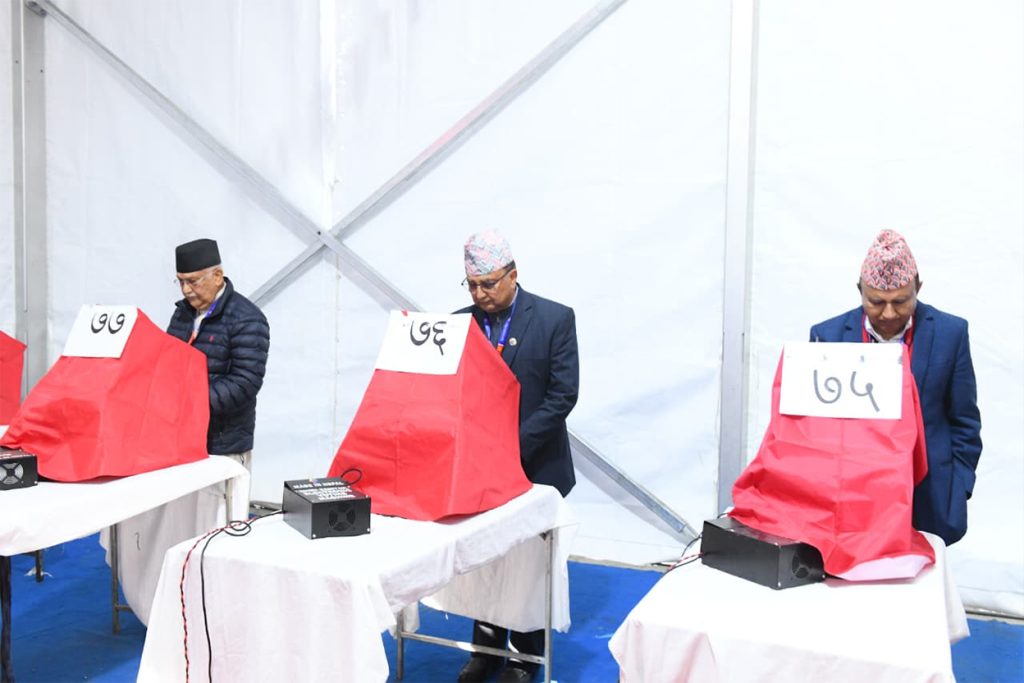After the recent earthquake, Samjhana Tamang of Golijung, Rasuwa, had to work hard to rebuild her house. Busy rebuilding their own homes before an impending monsoon, very few villagers offered to help her. In the absence of her husband, who is working in Malaysia, Tamang sought help from her brother, who lived nearby. Even then, she worked herself to transport construction materials to her dilapidated house.
Even before the earthquake, Tamang’s life was that of rising up to the hardships of rural living in Nepal. Tamang, who is educated till the twelfth standard, has a daughter, who studies in Kathmandu in grade 12. At home, she manages everything on her own. She looks after her children, is in charge of family farms, and mobilises the money that her husband sends. She is also a member of a women’s group in the village where members save Rs 100 every month and run micro-financial activities.

Over the next decades, billions of people, particularly those in developing countries, are expected to face shortages of water and food and risks to health and life as a result of climate change (UNFCCC, 2007). Women in developing countries, like Samjhana Tamang, are more vulnerable to climate change because they are more dependent on natural resources for their livelihood activities. All over the South Asian region, there have been evidences indicating increase in the intensity and frequency of extreme natural events such as flash floods, inundation, heat waves, intense rainfall and avalanches.
Although policy interventions have been made to address gender issues in the context of climate change, gender inequalities and caste‐based discrimination still prevail. Factors like geological variations, caste, discrimination and social barriers still make women more vulnerable to climate change-related hazards.
***
Goljung is a village located at an altitude of 1841 metres above the sea level. The village was in a rebuilding spree after the devastating earthquake when we visited.
There was a discernible distinction between women belonging to older and younger generations in Golijung. Unlike Samjhana Tamang, almost all of the older women we talked to were unable to respond in Nepali and spoke their native language. Even then, almost all the women were tied to their community unlike men.
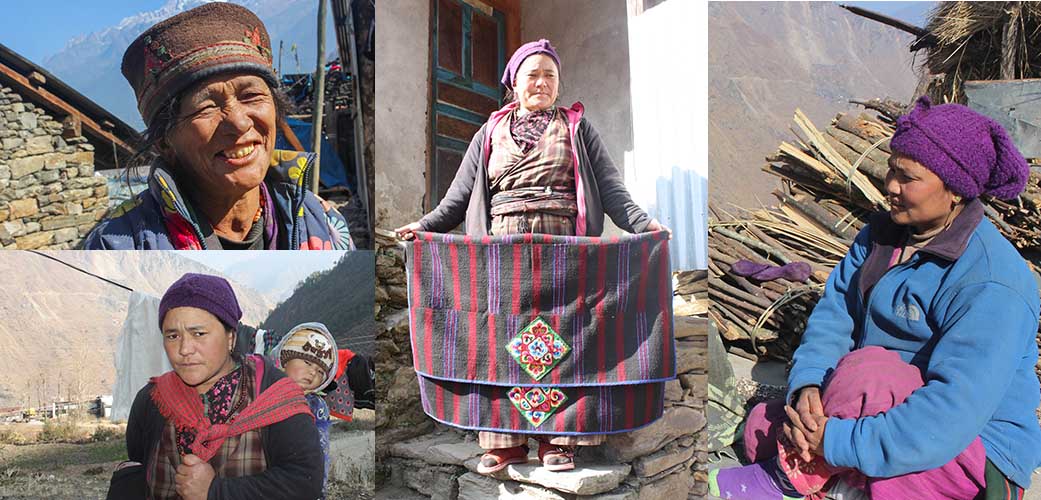
The village consists of a homogenous community — the Ghales and Tamangs account for almost 80 per cent of the population. The younger women, however, are proficient in Nepali, and unlike, the older generation, were dressed in jeans and t-shirts as opposed to traditional garb and ornaments.
The women in the village, especially the younger generation, are educated and have good access to information. However, women in Golijung lack exclusive decision-making rights, have very limited exposure to opportunities, and are still bound by traditional patriarchal systems.
While Samjhana’s education and experience have certainly helped her through her life, and the lifeskills she has honed can prove crucial during climactic as well as non-climatic emergencies, even the relative success story like Samjhana’s may be subject to other factors. Samjhana went to Kathmandu recently for a medical check-up and was diagnosed with bone tuberculosis.
Now, she waits for her husband to return home.
In the absence of her husband, Samjhana, on the other hand, has learnt to manage her life and that of her two children. She has faced more challenges, no doubt, but she has also had more opportunities to be part of the decision-making processes at the household and community levels.
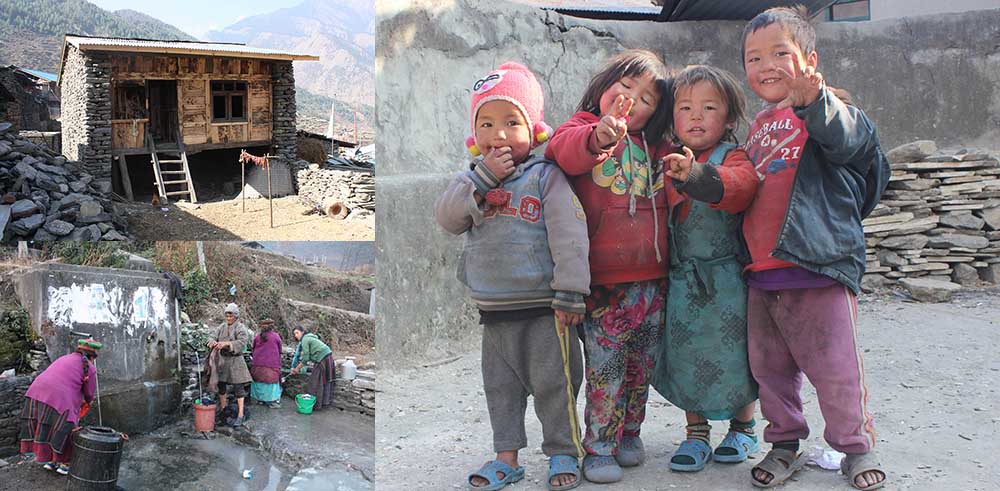
But overall, men still dominate decision-making processes at both the household as well as community levels.
In the light of their continued dependence on natural resources for livelihood and little diversification in terms of other income sources women were found more vulnerable to the impact of climate change in the region. Moreover, while the men might migrate temporarily to find job opportunities elsewhere, the women need to be stationed in the village. They are bound to their families and homes as well as the community.
When compared to men, women in Golijung didn’t have exclusive rights to land ownership and have less influence on both the household and community levels in the decision making process.
Morevoer, women in the village have very little diversification in terms of income sources although they are involved in income-generating activities like sewing and knitting. These activities are often carried out at an individual level; the things most women produce are enough only for themselves and their families. A few pieces are sold to other people within the community. Never are the women seen working in a commercial setting; their market is limited to Syafrubesi.
As there is no diversification, if more of the local women get involved in sewing and knitting, there will soon be shortages of wool and thread in market. The women of the area do not have the skills to cope with such a scenario. While the men might migrate temporarily to find job opportunities elsewhere, the women need to be stationed in the village.
Not only are the women bound to their families and homes but to their community as well.
(The author was a part of a six-member research team from Tribhuvan University. The team went to Rasuwa to study climate change and its linkage with gender, adaptation and other social issues in the region.)
***
Read also
How South Asian authors and publishers are part of the climate change problem





